I had been looking forward to the opening day of Quezon, the much-awaited finale of the Bayaniverse trilogy from TBA Studios and director Jerrold Tarog. As someone who deeply admired Heneral Luna and Goyo: Ang Batang Heneral, missing the premiere felt like a heartbreak. But last Friday, I finally got to watch it with my officemate at Robinsons Galleria — and it was worth the wait.
Few people know how much of a sucker I am for historical movies. I’ve rewatched Jose Rizal, Mallari, and Gomburza countless times on Netflix. I’m also a big fan of museums — I dream of visiting every single one in the country someday.
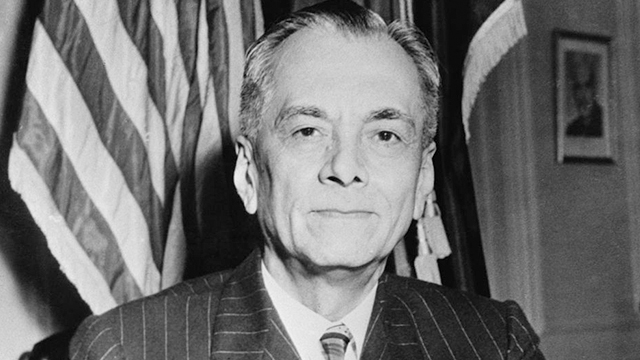
Like many Filipinos, I first knew Manuel L. Quezon simply as “the man on the 20-peso bill.” In elementary school, he was just a name and a title — the first President of the Commonwealth of the Philippines. In high school, I learned that Quezon City and Quezon Province were named after him, along with the towering Quezon Memorial Circle. Later on, I read about his role in authoring the Tydings-McDuffie Act, which paved the way for Philippine independence.
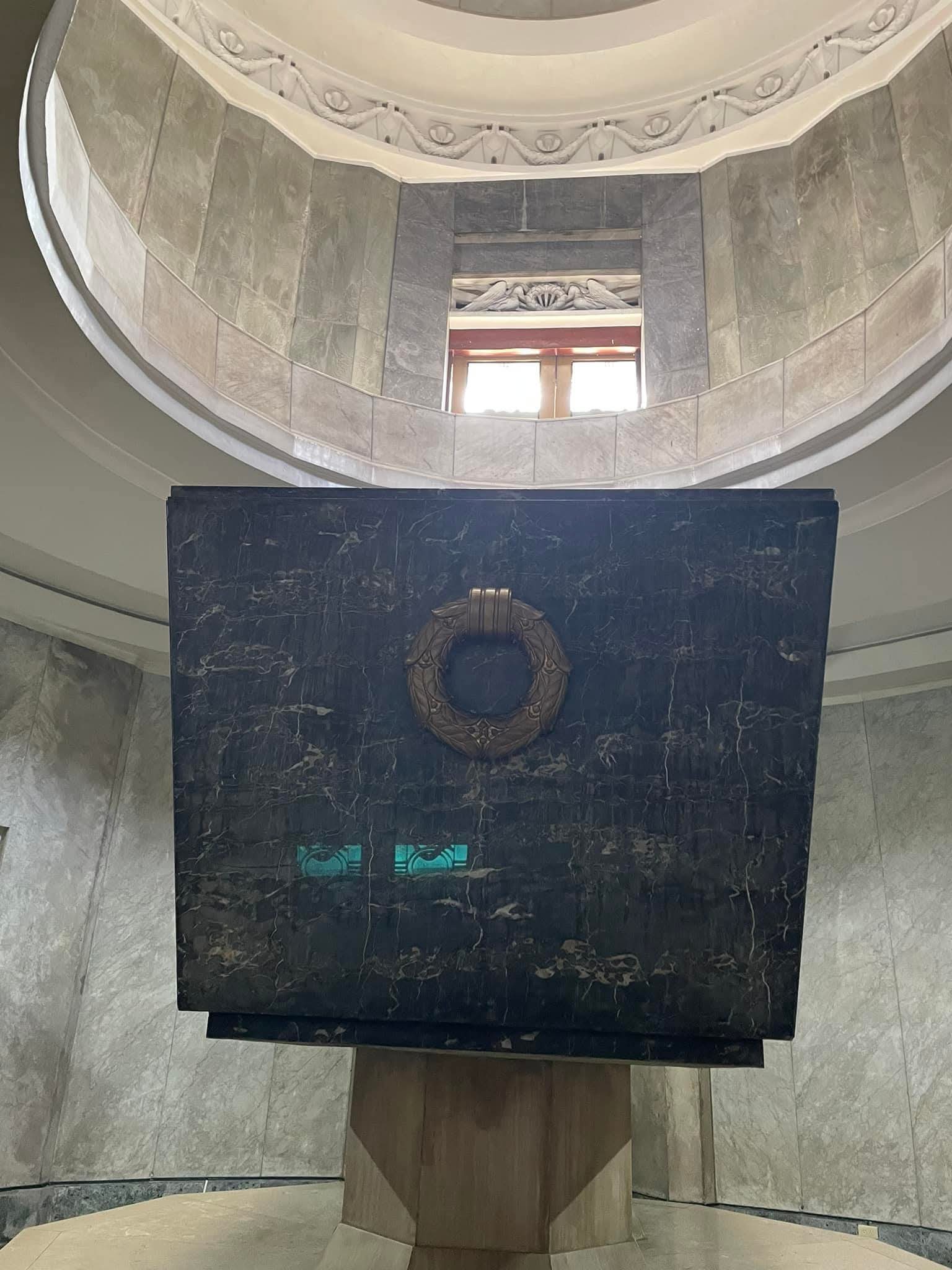
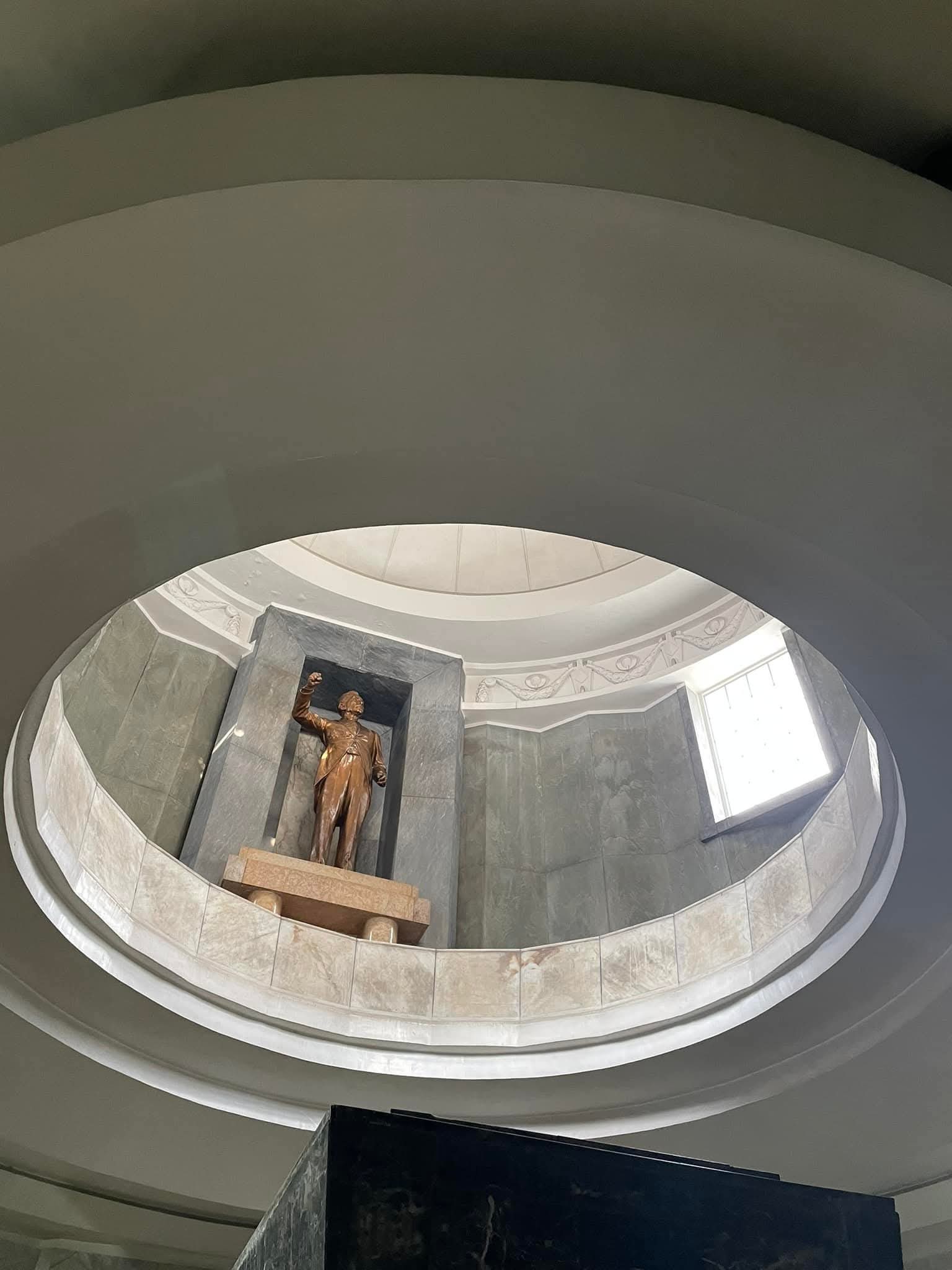
When I visited his grave inside the Quezon Memorial Circle, I remember feeling like I had just met him one step closer. The tomb, placed right at the center, stood as a symbol of his power and legacy. But Quezon, the movie, brought me even closer — not to the historical figure, but to the man behind the name.
A Humanized Hero
The film begins on a light and elegant note — grand settings, sharp suits, and the charm of pre-war Philippines. The color grading, production design, and cinematography immediately transport you to the 1920s and 1930s. It’s immersive, rich, and visually stunning.
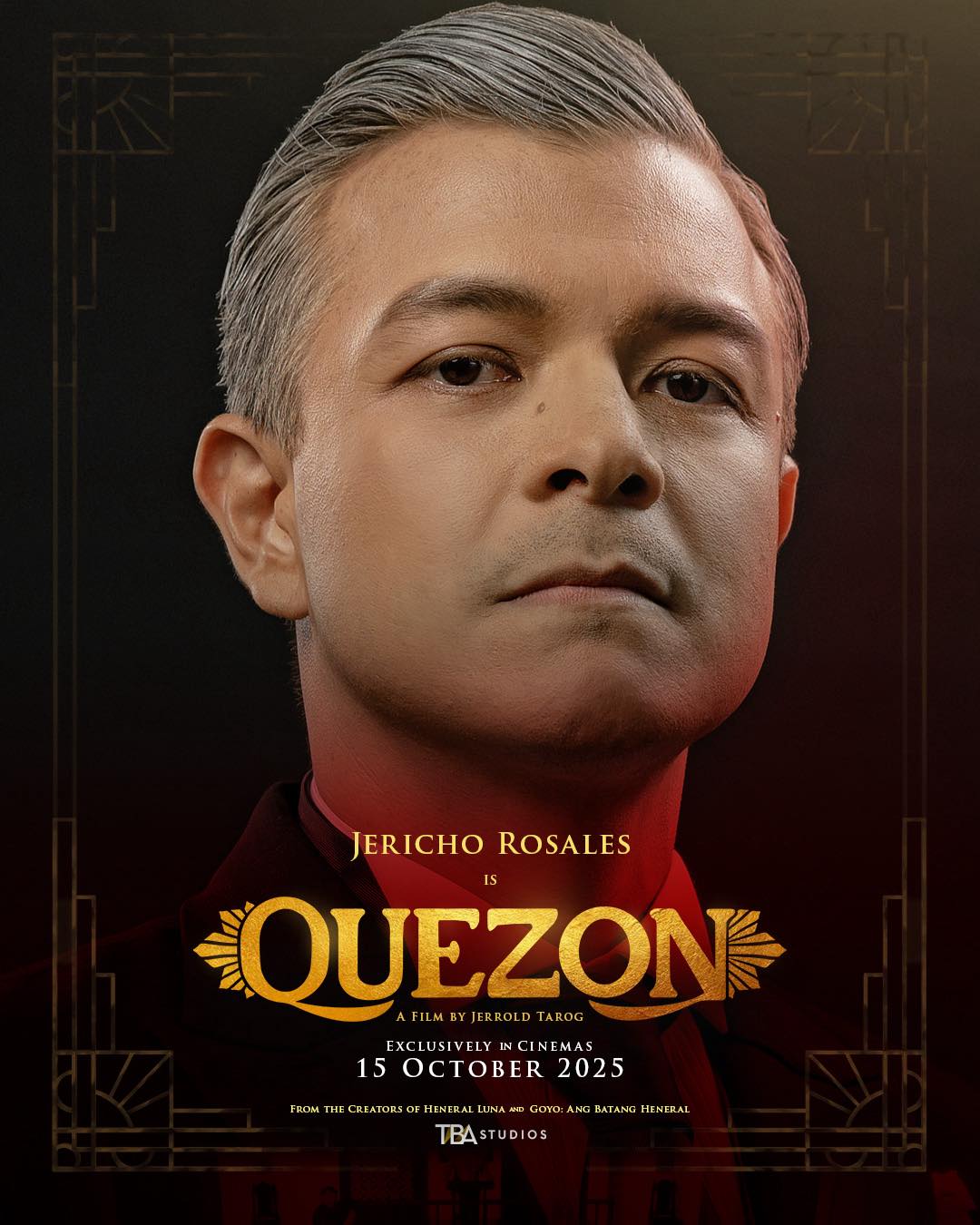
At first glance, Manuel Quezon (played brilliantly by Jericho Rosales) is everything we expect a national hero to be — charismatic, witty, and admirable. But as the story unfolds, Tarog peels back the layers of heroism to reveal the flawed human beneath the legend.
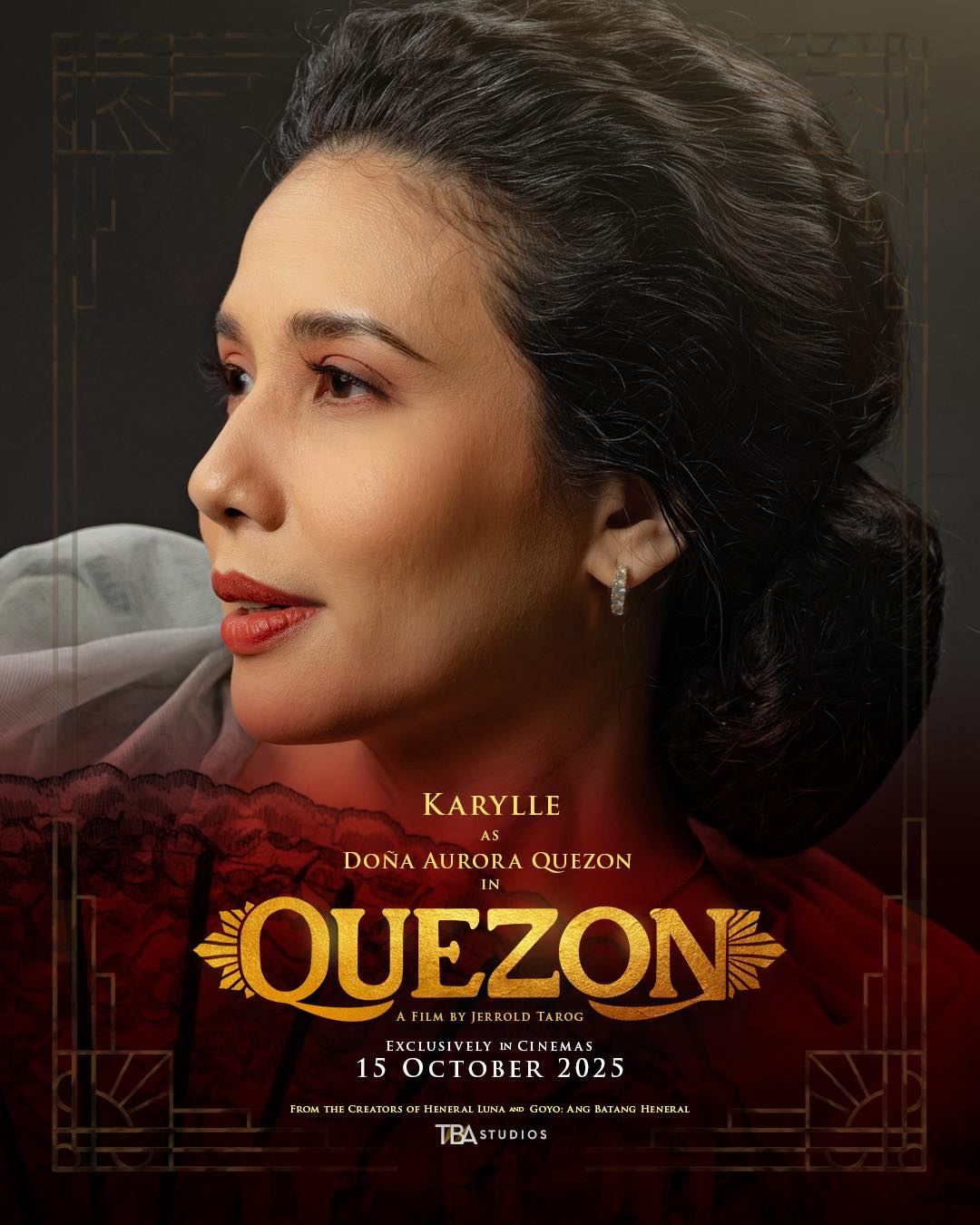
As Doña Aurora Quezon (beautifully portrayed by Karylle as strong yet grounded) says in the film, her husband is “a chameleon.” That line hit hard. The movie paints Quezon not as a saint, but as a man who adapts — to politics, to people, to power. He’s smart, strategic, and ambitious. A typical politician, perhaps — one who knows how to play the game. And that’s the genius of this movie: it challenges the way we see our heroes.
A Reflection of Then and Now
Watching Quezon feels like looking at a mirror that reflects both our past and our present. There were so many moments when I found myself saying, “Hay, same pa rin hanggang ngayon.” Nearly a century has passed, yet the film reminds us that the same political greed, manipulation, and corruption still exist today. It’s funny at times, but deeply unsettling when you realize how little has changed.
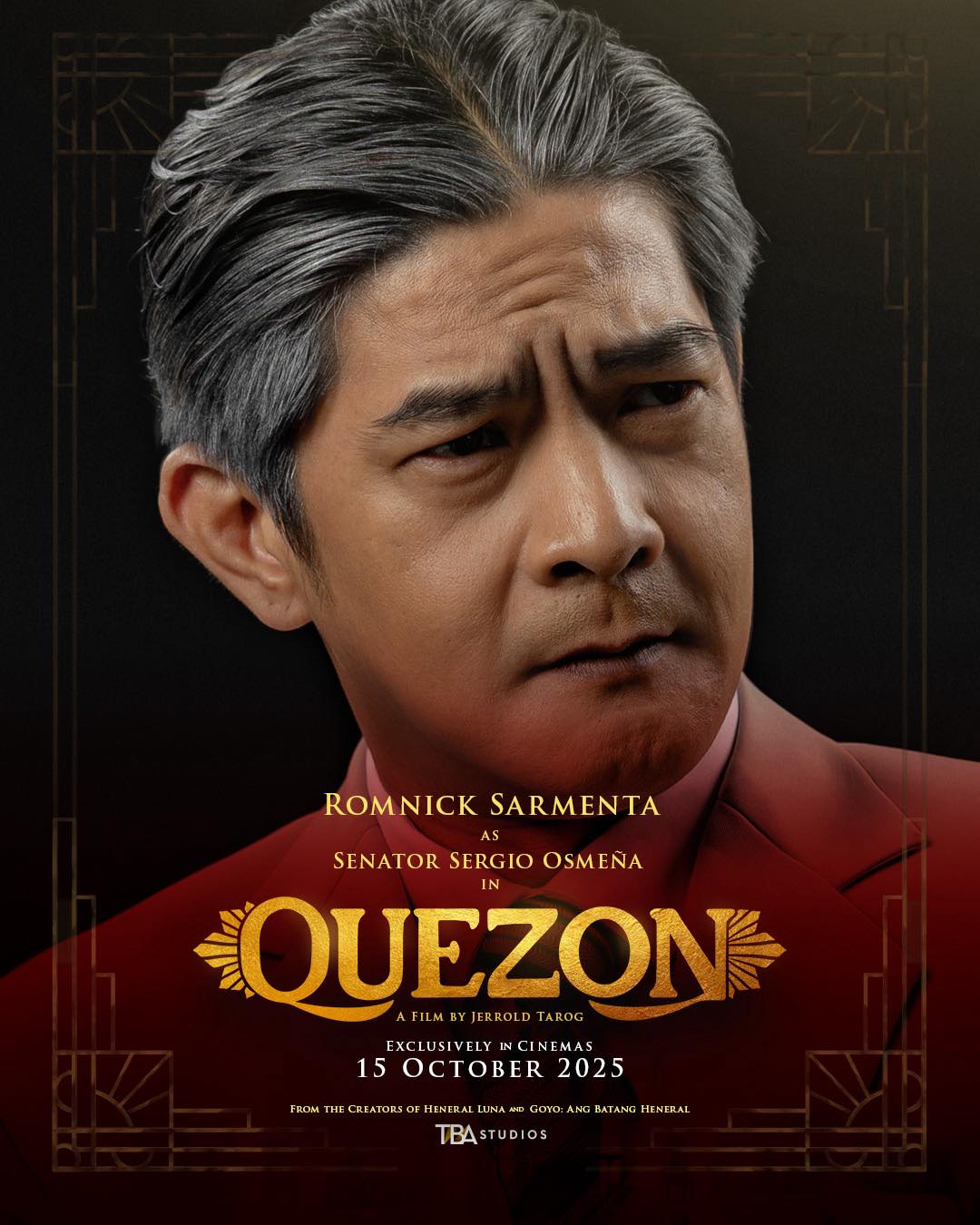
The political exchanges between Quezon and Sergio Osmeña (played with admirable restraint by Romnick Sarmienta) were among my favorites. Their banters had the crowd laughing, but beneath the humor were sharp truths about loyalty, compromise, and power. Sarmienta’s portrayal added depth — the voice of conscience amidst Quezon’s ambition.
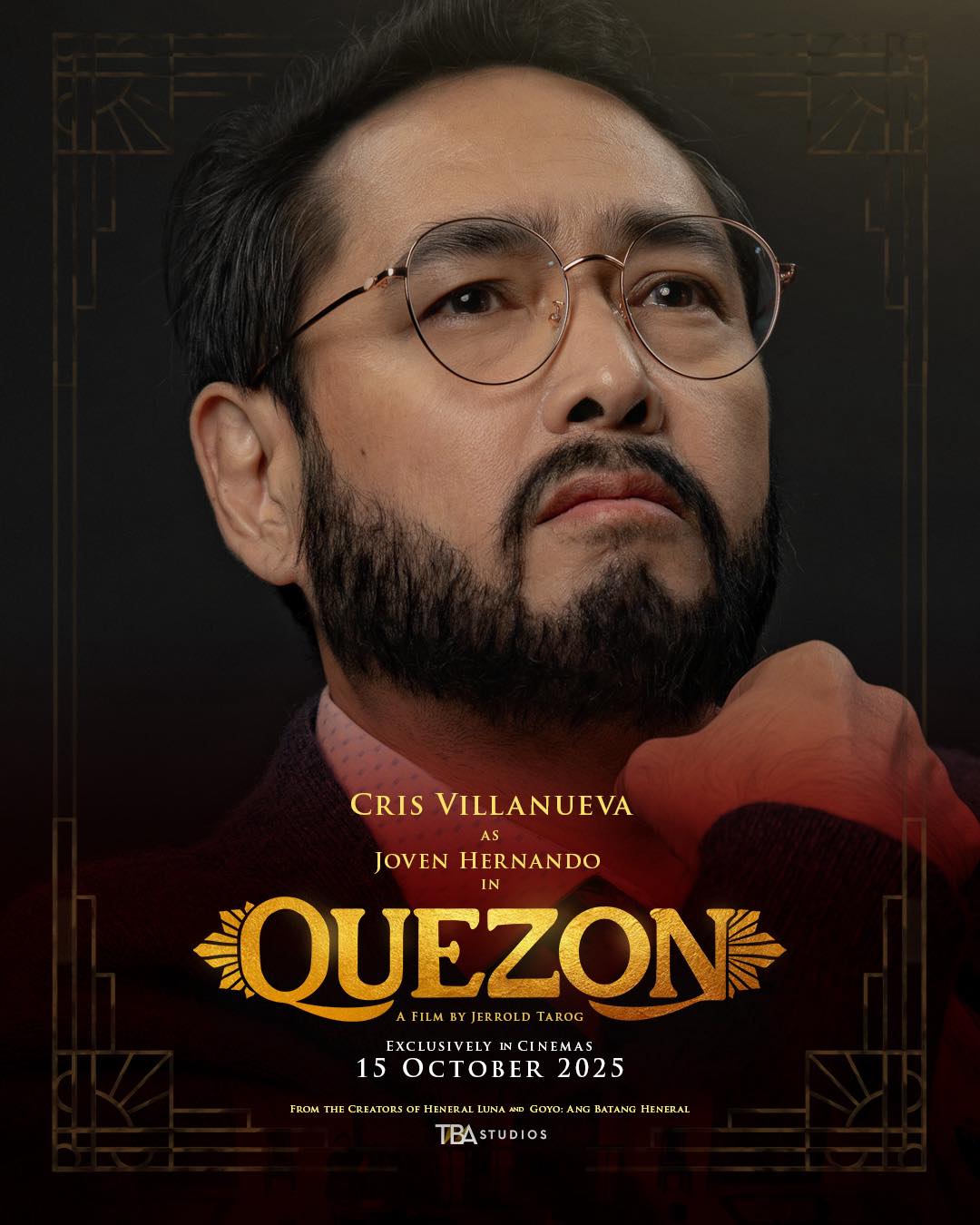
And then there’s Joven, the fictional journalist who has appeared since Heneral Luna. He serves as our lens — the audience’s moral compass — witnessing Quezon’s brilliance and his flaws. Through him, we realize how easily admiration can turn into disillusionment.
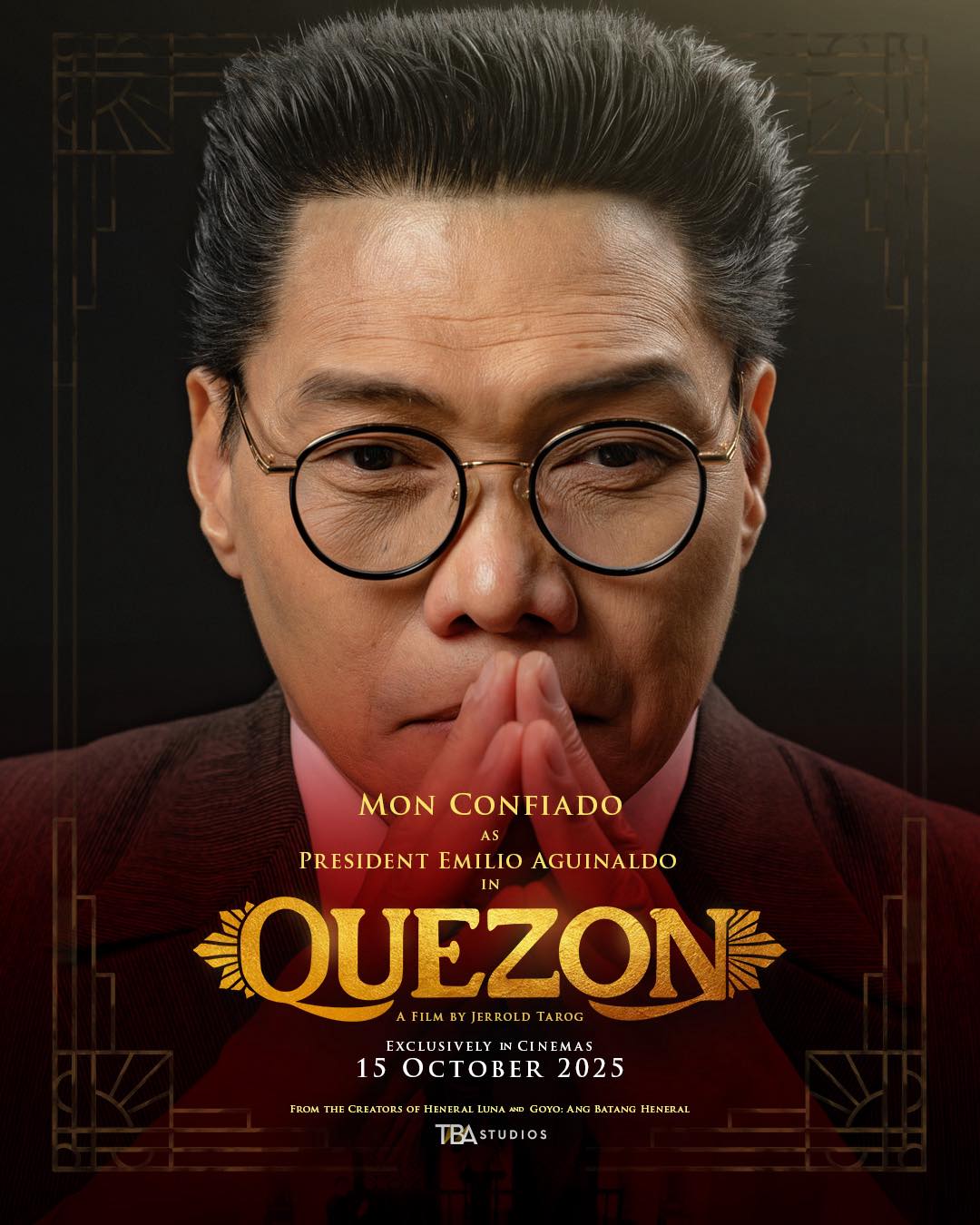
One of the most powerful scenes, however, belongs to Emilio Aguinaldo. Yes, the same man we once blamed for Luna and Del Pilar’s deaths. Seeing him old, scorned, and walking among people who look at him with hatred — it’s haunting. Tarog doesn’t ask us to forgive Aguinaldo, but to understand the cost of power and legacy. That scene alone is cinematic poetry and Mon Confiado is so good of his portrayal of the former president.
Jericho Rosales: A Perfect Quezon
Jericho Rosales deserves every bit of praise he’s getting. He is Quezon. From his commanding voice to his gestures and subtle expressions — every movement feels authentic. He captures Quezon’s charisma, his ego, his vulnerability, and his contradictions. It’s a performance that will linger long after the credits roll.
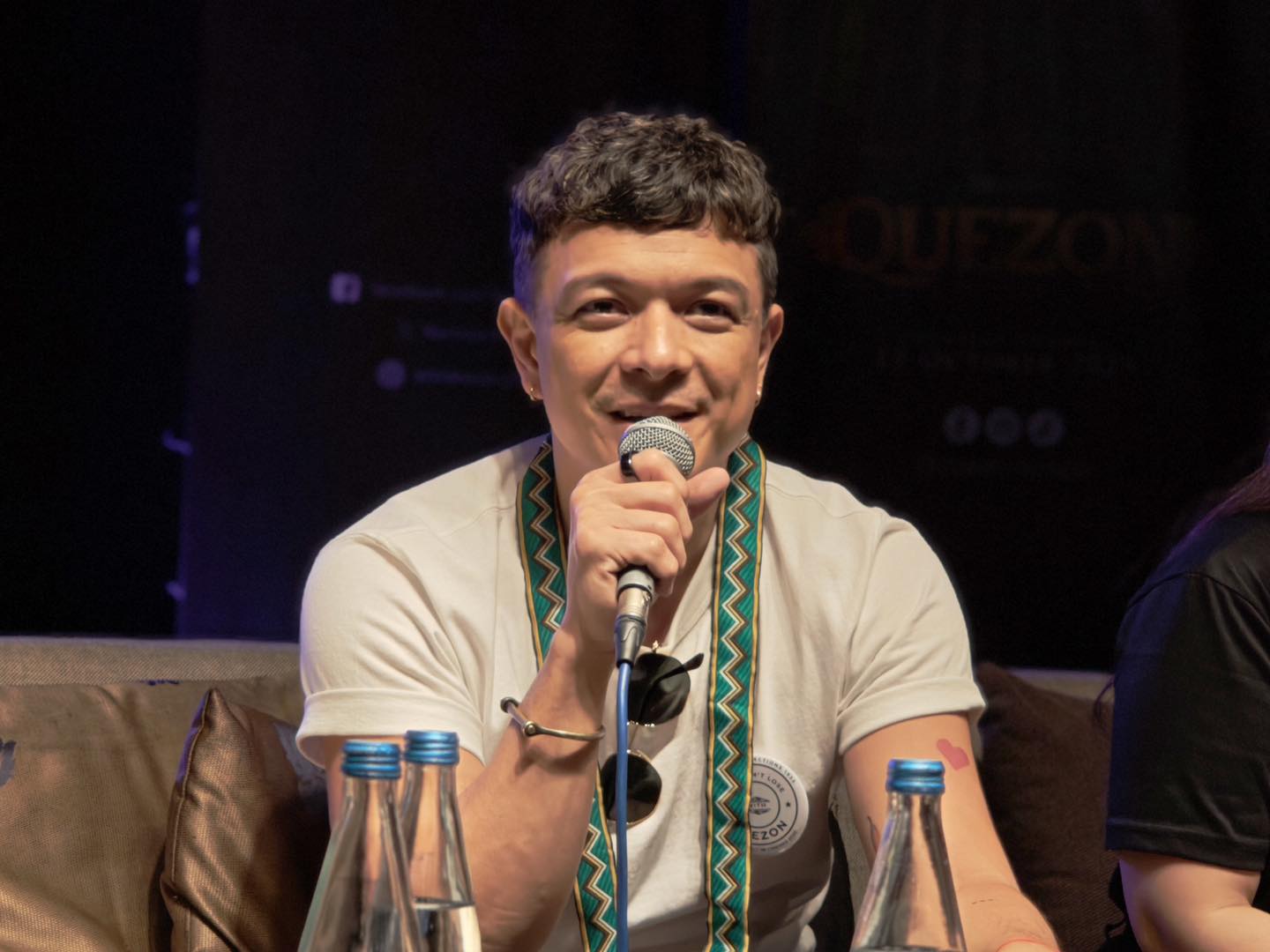
The film’s music and sound design are also remarkable. The scoring swells and fades at the right moments, enhancing both humor and heartbreak. The final scene in Corregidor — Quezon facing death after finally achieving his dream of independence — left me teary-eyed. Bittersweet and powerful.
And the locations? Stunning. Quezon showcases the beauty of the Philippines through heritage sites like Las Casas Filipinas de Acuzar, Manila Hotel and the National Museum. It’s visual storytelling at its finest.
A Timely Reminder
Quezon isn’t just a movie — it’s a mirror. It’s a reminder that politics has always been messy, that ambition and integrity rarely coexist peacefully, and that our heroes, no matter how revered, were human too.
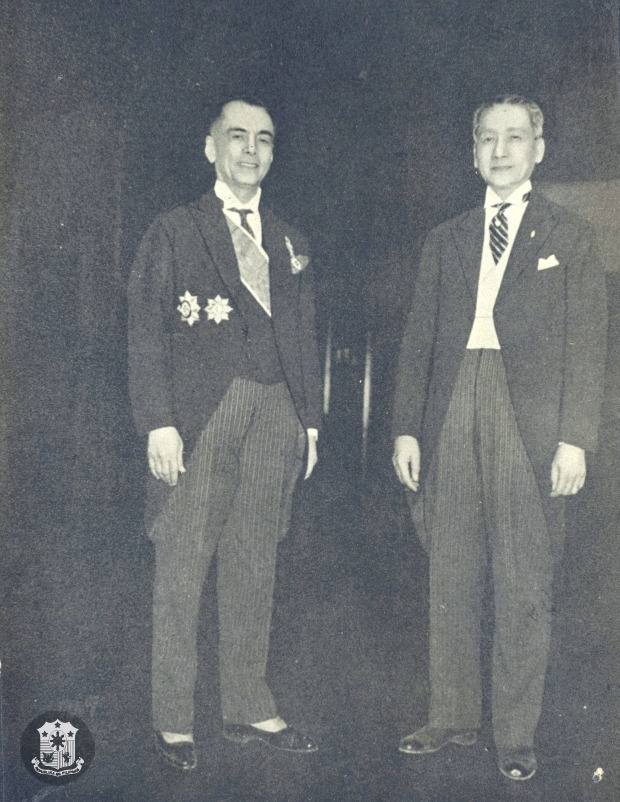
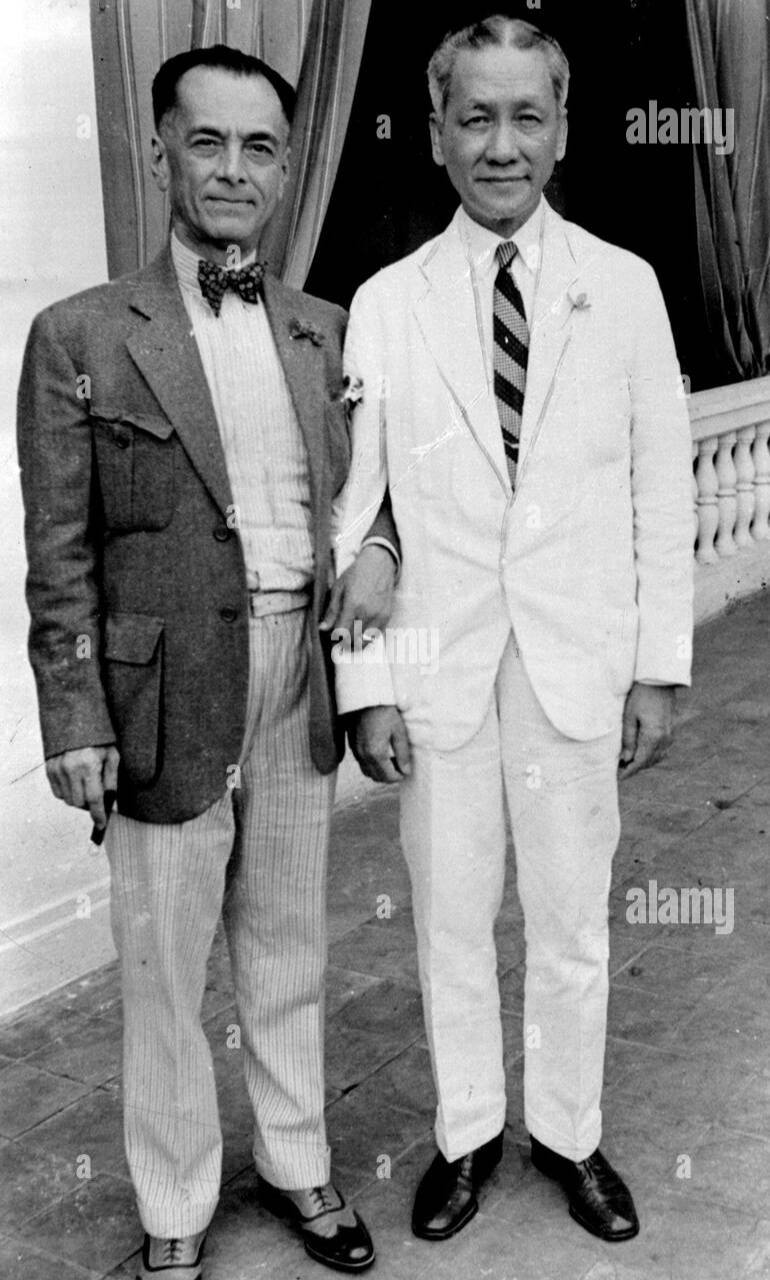
Almost 100 years later, we’re still facing the same challenges — power over dignity, personal gain over public service. But Tarog’s Quezon also gives us hope: that awareness and truth can spark change.
FINAL THOUGHTS
Not a film critic, not a historian — but I honestly can’t move on from how beautiful this movie is. Quezon is not your typical hero movie. It’s a breath of fresh air and a slap of reality at the same time. Politicians will always be politicians — and Quezon, though he truly wanted independence, also longed for power.
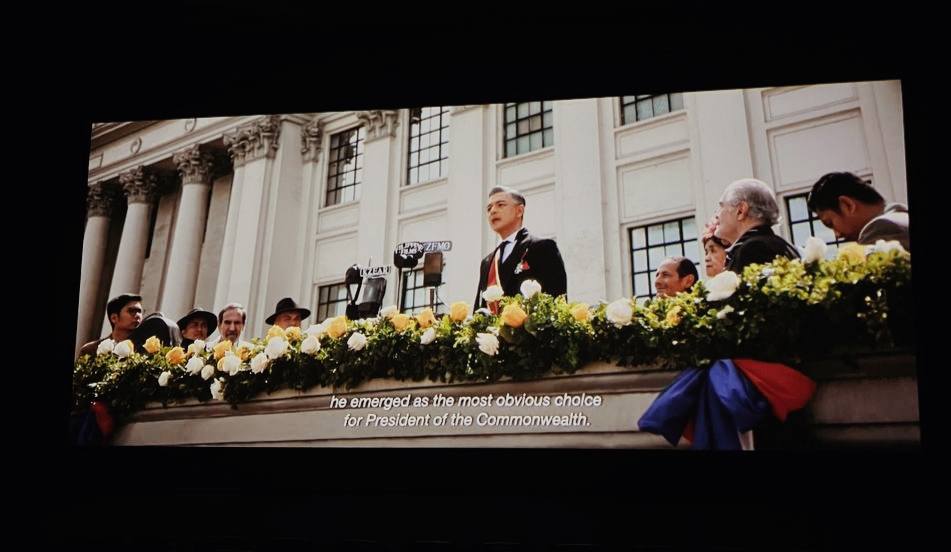
Congratulations to TBA Studios, Jerrold Tarog, Jericho Rosales, and the entire Quezon team. This is the kind of movie our nation needs right now — one that entertains, educates, and opens our eyes.
Watch Quezon now.
And may we all learn from our history — not to glorify it, but to do better.







